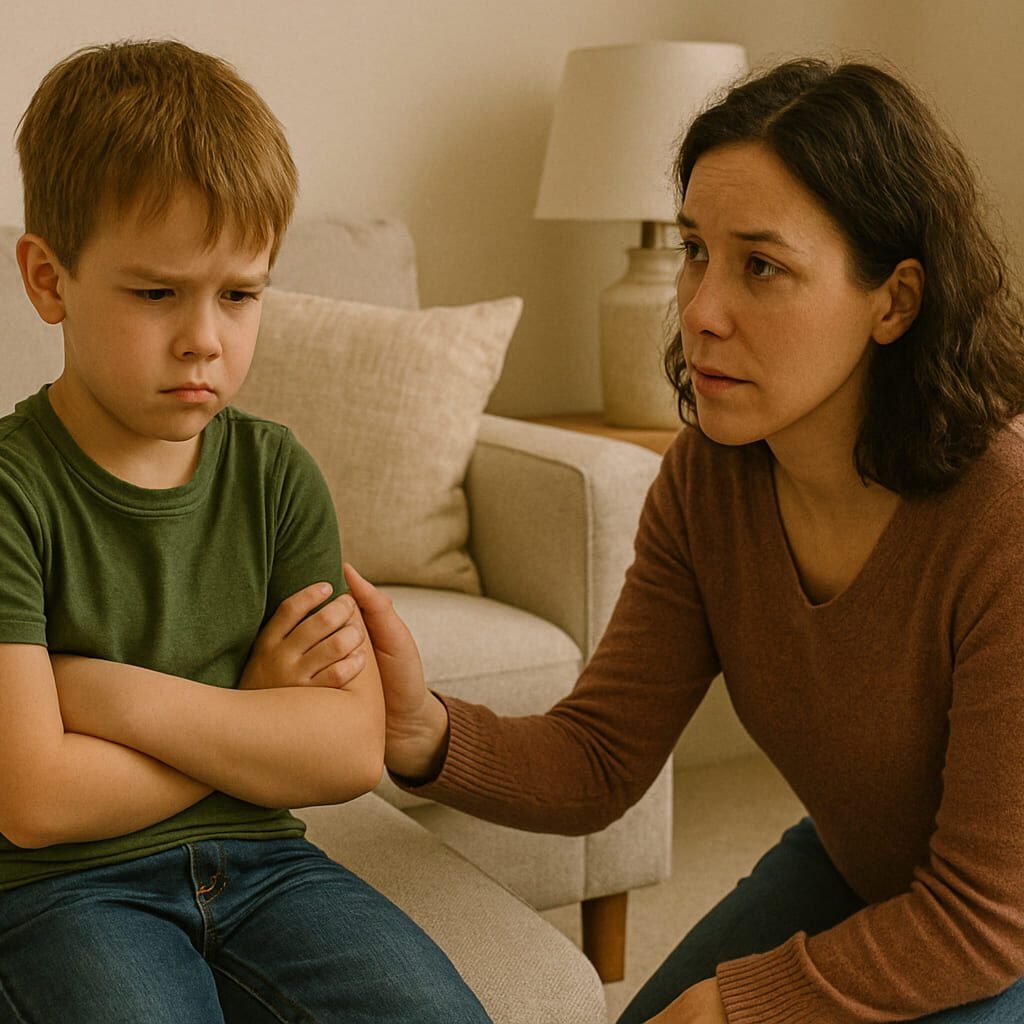The world is constantly changing, fast, unpredictable, and filled with complexities that were no one imagined. In today’s world, an innocent child is born not into simplicity, but into a world of changing norms, rising pressures, and rapid transitions. Each day, the expectations of children increase not only academically but also emotionally and socially.
In such a world, it behooves us as parents, educators, and caregivers to prepare these children. This preparation is not by sheltering them from challenges, but by equipping them to face life with strength, clarity, and confidence. In order to truly thrive, they will need not just to keep up with the pace of this world but to learn to stay grounded amidst it. Raising emotionally resilient kids is no longer a nice-to-have, it is a necessity.
So how do we raise emotionally resilient children, ones who do not just survive this pace, but thrive within it?
What is Emotional Resilience?
Resilience, according to the American Psychological Association, is a dynamic process shaped by relationships, self-regulation, and belief in one’s abilities. For children, it begins with secure attachments, emotionally responsive environments, and guidance, not perfection.
Emotional resilience is not about keeping children safe from stress or discomfort. It is about equipping them with the internal tools to face setbacks, adapt to change, and recover from adversity with strength and insight.
Why Today’s World Challenges Resilience More Than Ever
The fast-paced nature of modern life introduces challenges that previous generations did not face at the same scale. Children today are exposed to:
- Information overload from social media and news cycles
- Academic pressures beginning as early as preschool
- Disrupted routines, especially during global events like the COVID-19 pandemic
- Less unstructured play, which once allowed emotional release and problem-solving
A recent study published in PubMed Central emphasised that parenting, peer relationships, school support, and community resources also have a major role in influencing resilience.
The Parenting Shift: From Protecting to Preparing
Well-meaning parents often try to protect children from all stress. But true resilience requires safe exposure to challenges and the emotional coaching to handle them.
In fact, The Psychology of Helicopter Parenting: Is It Harmful? addresses how over-controlling parenting styles can stifle independence, increase anxiety, and limit a child’s self-confidence in his or her ability to solve emotional problems.
Instead of removing all the obstacles, emotionally supportive parenting is more like:
- Validating your child’s feelings instead of dismissing them
- Helping them name and understand their emotions
- Encouraging problem-solving, even when it is uncomfortable
- Being a calm presence during their storm
Building Blocks of Emotional Resilience
Here are foundational tools that support emotional strength in children:
1. Secure Relationships
Children grow up developing resilience in the safety of secure, caring relationships. Being loved and sheltered by at least one adult gives them a safety net where they can now explore the world.
According to PubMed, mindfulness-based parenting also improves the quality of those connections, making children more emotionally attuned and responsive to stress.
2. Emotional Vocabulary and Expression
Children who can name their feelings are likely to have better control over them. Regular, judgment-free conversations about feelings develop emotional insight and control.
The post How to Foster Open Communication with Your Kids shares seven practical ways to create a home environment where emotional sharing feels safe.

3. Teaching Coping Skills Early
Breathing exercises, progressive muscle relaxation, and guided imagery help children calm their bodies when emotions feel overwhelming. These tools become lifelines during difficult moments.
Explore these tools in more detail in Calming Techniques for Anxious Children, which breaks down several methods you can teach your child today.
4. Modeling Resilience Yourself
Children learn by watching. How you handle frustration, conflict, and stress teaches them more than your words ever will. Take moments to say:
- “I am feeling overwhelmed, so I will take a short break.”
- “This is hard, but I know I can handle it one step at a time.”
Let them see that struggle is not failure, it is growth in motion.
Creating Space for Slow in a Speed-Obsessed Culture
One of the most powerful gifts you can offer your child is slowness. The modern world rewards busyness, but emotional resilience thrives in calm.
Ways to slow down together include:
- Having screen-free family dinners
- Prioritising unstructured, creative play
- Taking nature walks without distraction
- Practicing family mindfulness
Research from PubMed Central shows that children whose caregivers engage in positive, mindful routines exhibit fewer emotional symptoms and better coping strategies overall.
The Role of Mindfulness in Daily Resilience
Mindfulness is a scientifically supported tool for cultivating resilience. According to recent research published in PubMed, children with strong mindfulness habits had fewer symptoms of depression and anxiety during the COVID-19 crisis.
Simple daily practices include:
- Breathing together for 30 seconds
- Describing the colours or sounds in the room
- Journaling about one small joy each day
- A few minutes of “belly breathing” together at night
These moments help children stay present, regulate emotion, and recover more easily from distress.

You Are Already the Most Important Tool
There is no perfect script to raising emotionally resilient children. There is only presence, patience, and practice.
Your child does not need a super-parent. They need a steady one. By showing up, modeling calm, encouraging expression, and holding space for their struggles, you are already laying down the roots of resilience.



Add a Comment